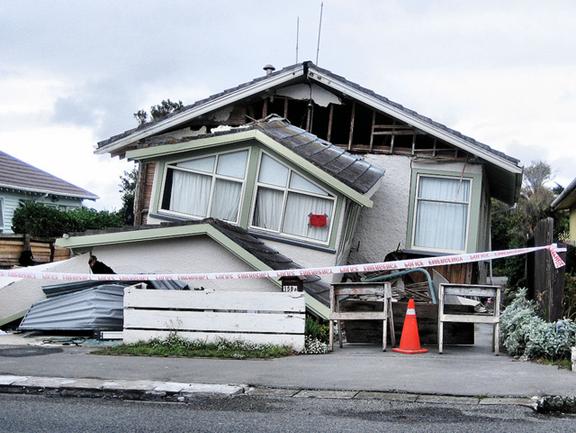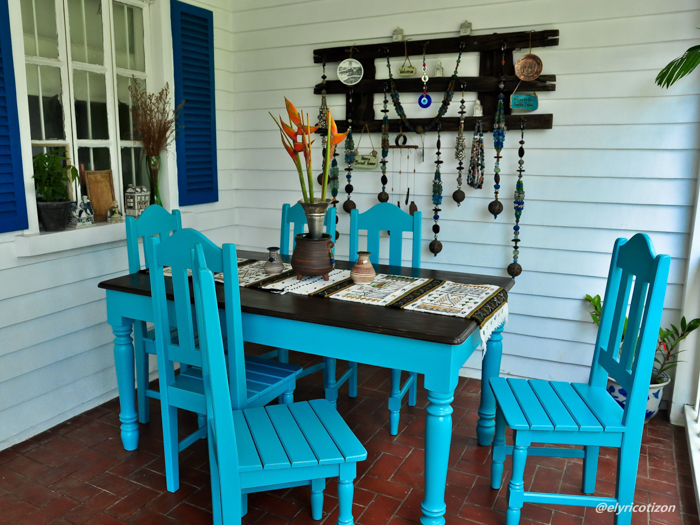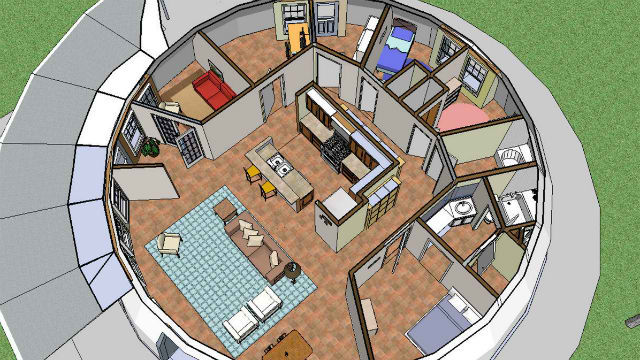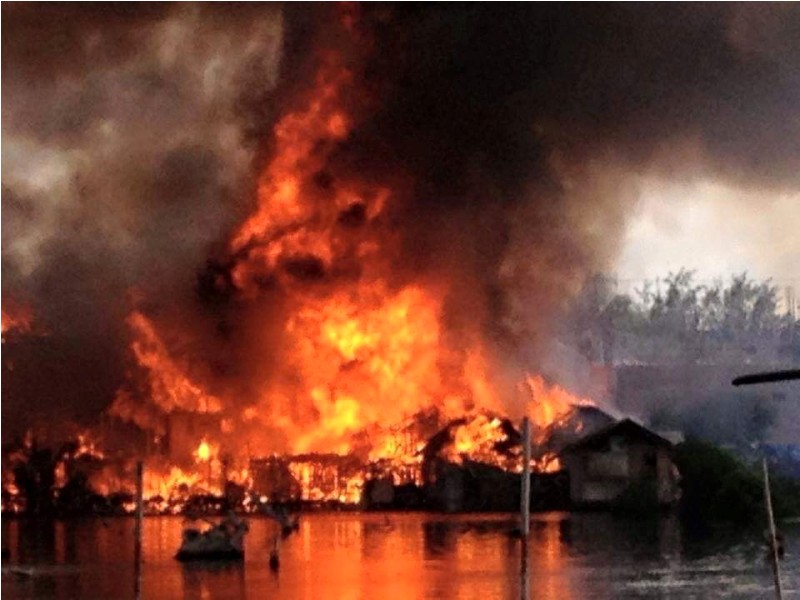If you live in a geographical location where earthquakes are common, chances are you’ve felt some anxiety about how to protect your family from them. After all, earthquakes cannot be predicted, and they can’t be prevented, so it’s easy to feel helpless. But despite those truths, the California Department of Conservation notes that the idea that there’s nothing we can do to lessen an earthquake’s devastation for our families is a definite myth. In fact, it notes that taking steps to properly prepare yourself and your home will go a long way toward keeping your family safe.
Here are a few steps you can take to protect your family if an earthquake occurs:
Make certain home modifications.
While you can’t fully protect your home from earthquake damage, you can make certain modifications that will make it more secure. For example, this article recommends “retrofitting and reinforcing” your home by bolting it to the foundation and installing extra support for beams. It also recommends making sure cabinet doors are secure and won’t fly open during an earthquake. If they do, falling dishes could be a huge safety hazard for your family.
Assess rooms for unsecured objects.
As noted above, falling objects in your home can cause a lot of damage and endanger you and your family. FEMA.gov recommends doing a walk through of your home to see what items, such as bookshelves, electronics, wall hangings, and so on, aren’t secure. It suggests reinforcing them using nylon straps or closed hooks or moving them so that they will not fall into or onto beds or sitting areas.
Find “safe places” throughout your home.
The Red Cross advises that you prep your family for an earthquake by discussing which areas are the safest (in the case of an earthquake) in each room of the house. For example, the safest spot in the living room might be “against an interior wall away from windows” and other heavy objects. In the kitchen or dining room, the safest place to be during an earthquake might be under a sturdy table. Once you’ve assessed your safe places, it recommends that you and your family practice “drop, cover and hold on” in each spot.
Modify your pool to protect your home from a fire.
In addition to the damage caused by an earthquake itself, your home will be susceptible to fires that result from the quake. But as this article notes, if you have a pool in your backyard, you can make modifications so that your pool water can be used to protect your home in a fire.
Earthquakes are scary, unpredictable, natural disasters. But take comfort in knowing that you aren’t completely at their mercy. When you prepare, you, your family, and your home will be much safer.
This post was contributed by Jasmine Dyoco, a fan of crossword puzzles, gardening, books on tape, learning (anything!) and fencing. She truly enjoys the work she does with Educator Labs and hopes you’ll stop by the site to learn more!









